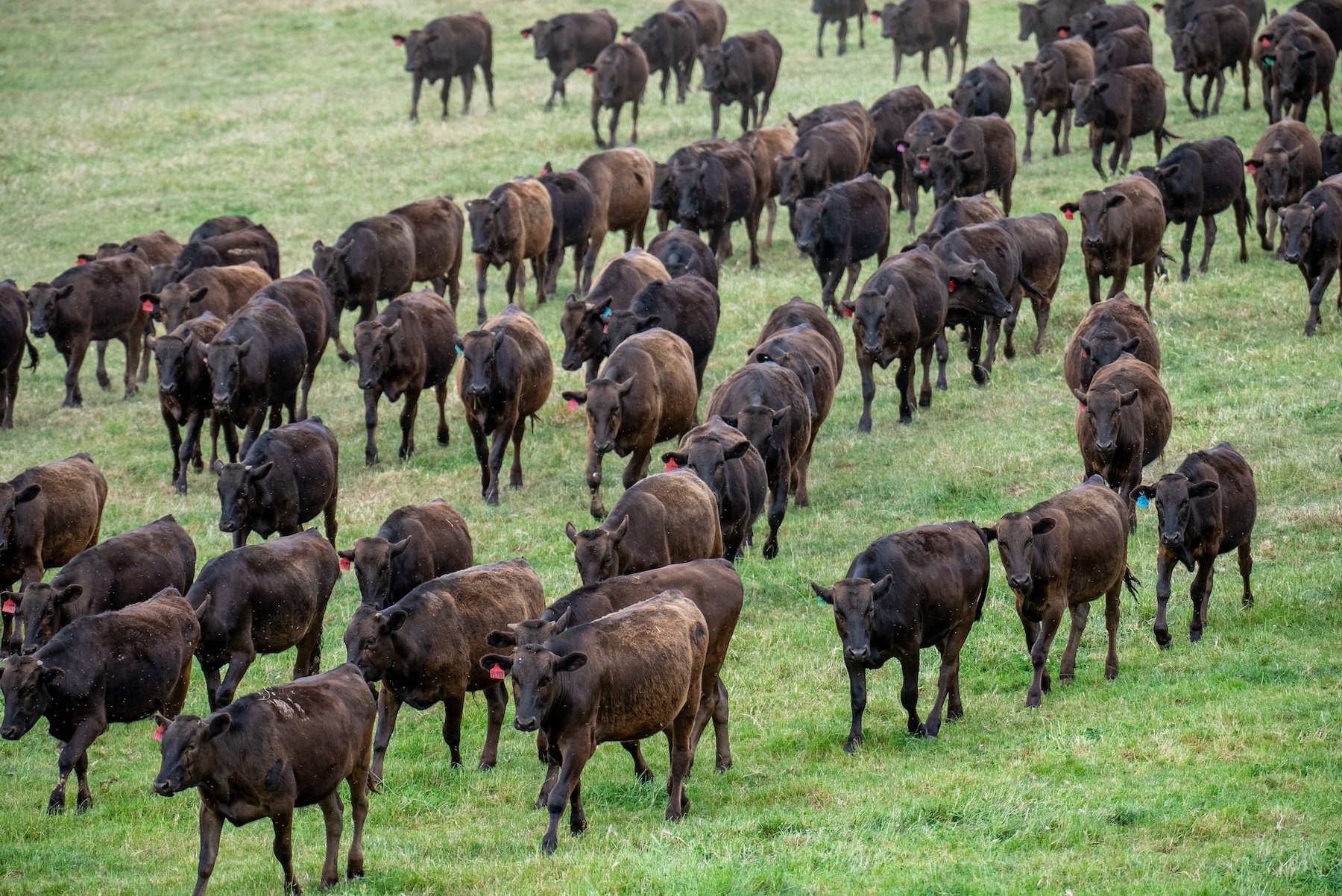The Australian Beef Market in 2025: An Absolute Cracker
In this column in July, the StoneX H2 2025 Australian Cattle & Beef Market Outlook’s bold calls were analysed and assessed for what the final 6...

A cattle industry survey conducted in July revealed that producer intentions hadn't greatly changed since the previous survey in April, however, they had sold less cattle that they had forecast.
The Beef Producer Intentions Pulse Survey, conducted in July, has shown that 82% of producers indicated their intention remained to increase, keep the same, or reduce their beef cattle herd. Of the 18% who reported their intentions have changed since the previous survey in April:
3% now intend to increase their beef cattle herd
8% now intend to keep their beef cattle herd size the same
7% now intend to reduce their beef cattle herd.
Market Information Analyst at MLA, Emily Tan, said the aim of the July 2024 pulse survey was to provide updated estimates on those provided in the April 2024 survey.
“The July 2024 pulse survey was designed to confirm producer intentions, planned autumn calf drop and forecasted sales provided in April,” Ms Tan said.
“As 82% of producers indicated no changes to their intentions from April, we can say that producers are keeping a steady ship at this time.
“The pulse survey also wanted to take an estimate of autumn calf drop for producers who indicated they join females to deliver calves in autumn.
“Most producers who target autumn-calving reported a change to their forecast autumn calf drop. Of these, 36% delivered fewer calves than previously forecast in April 2024; whilst 37% delivered more calves than expected; and the remaining 27% reported their calf drop matched their forecast.
“When taking account of the sizes reported, the analysis indicates that the 2024 autumn calf drop was closer to 2.75 million than the planned 2.58 million which was an approximate 6% uplift.”
The pulse survey also gauged how cattle sales performed according to expectations demonstrated in the main April survey.
Almost half of producers reported they sold fewer cattle than previously forecast in April 2024.
The survey reported:
46% sold fewer cattle in the first half of 2024 than forecast
21% sold more cattle than expected
33% reported they met their forecast cattle sales.
“For those who sold fewer cattle than anticipated, the decision ultimately boiled down to two main reasons - 46% said that prices were not strong enough to justify selling and 28% decided to retain their cattle in the anticipation that forecasted prices were to be stronger,” Ms Tan said.
When then taking account of the number of cattle sales reported, the analysis indicates that the first half of 2024 sales were closer to 3.6 million than the forecasted 4.58 million.
.jpg)
In this column in July, the StoneX H2 2025 Australian Cattle & Beef Market Outlook’s bold calls were analysed and assessed for what the final 6...
.png)
Each December we save the last article of the year for a bit of a crystal ball gaze, as we try to bring together market fundamentals and work out...
.png)
Australia’s wool market posted another strong performance this week, with all micron categories attracting solid support across the three selling...